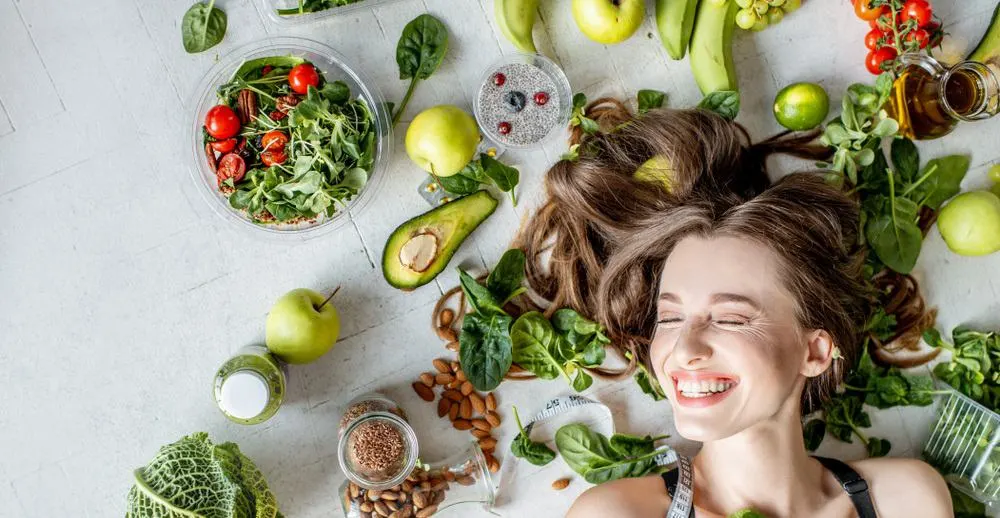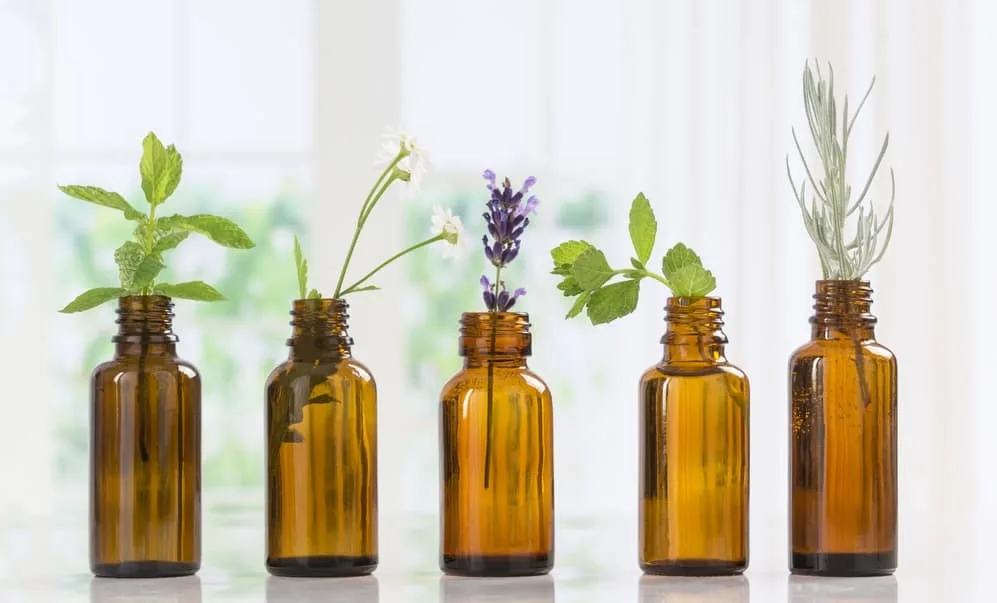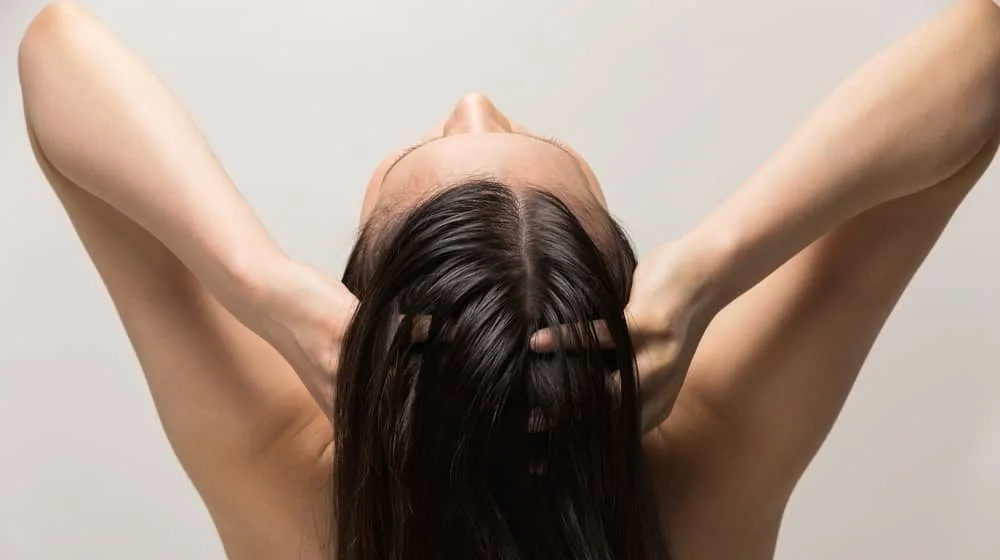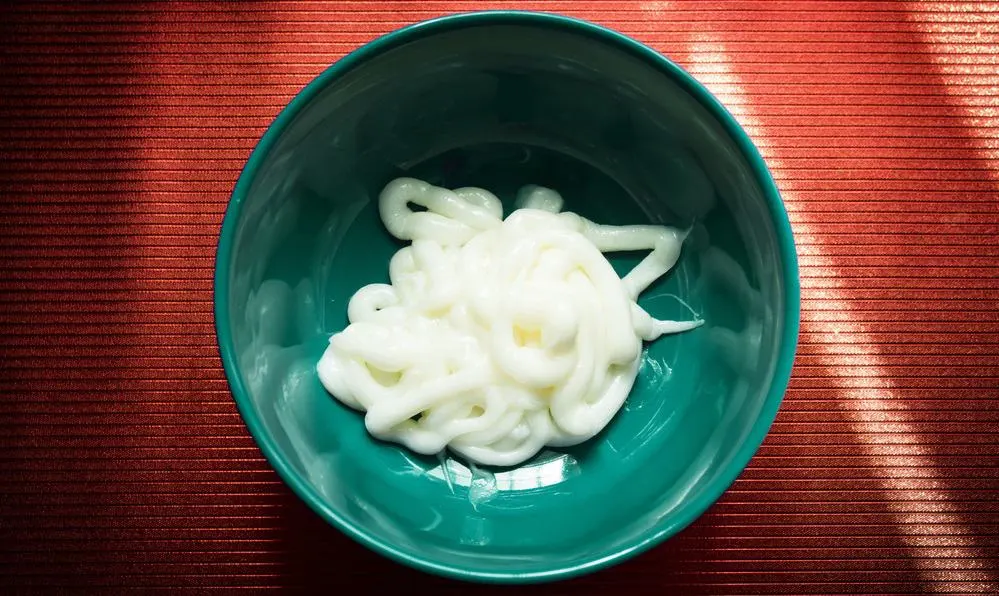One only needs to turn on a television for a short amount of time to see how much our society values and emphasizes gorgeous flowing locks: shampoo commercials cut to slow-motion hair tosses where glorious and shiny strands cascade down necks; where perfect curls spring and bounce with ease; where glowing highlights frame faces in perfect styles from bobs to long, layered cuts and everything in between.
For those of us with dry, damaged, and brittle hair, or the ones who feel cursed by fine and limp, lifeless hair, or the wild curls that cannot seem to be managed with any tool or product, these glimpses of “hair perfection” can certainly be disheartening.
However, there are healthy habits we can all adopt to make hair follicles healthy and strong, no matter what type of hair we have, to promote better growth and healthier-looking strands. Read on to learn more about ways to improve hair follicle health, resulting in a shiny mane of healthy locks.
What Are Hair Follicles?

A hair follicle comprises several different components that work together as an anchor for the hair. Those components are:
- Papilla: The tissue and vessels that nourish hair from the base of the follicle.
- Germinal Matrix: The area in the lower part of the follicle where cells produce new hair.
- Bulb: The living part of the hair (which is below the skin’s surface), where cells are constantly dividing, and also where the presence of hormones throughout our lives can affect hair growth (such as in puberty or pregnancy).
- Bulge: This middle section of the follicle is where stem cells create new hair follicles, sebaceous glands, and epidermis.
The hair follicle is constantly “at work” in terms of cell division and regeneration, and when there is damage, this process can be brought to a screeching halt. Then, we see hair thinning and loss, which can be a devastating process for many individuals.
Ways to Improve Hair Follicle Health
Hair follicle health can be damaged by trauma to the scalp or affected by hereditary issues. In some cases, we can take steps to heal hair follicles so that they can grow hair again, whether through natural remedies or by using products designed to target the damaged hair follicles.
Loss of hair is not uncommon during periods of stress; however, it can also be a sign of a more serious underlying medical condition or the presence of disease. Be sure to discuss any sudden or unexpected hair loss with your physician.
If you want to address basic hair follicle health at home with some simple and practical steps, try these tips to make your hair follicles stronger and thicker.
1. Focus on Nutrition

Our diets are often closely tied to hair loss, with malnutrition affecting our skin and hair in many negative ways. Therefore, nutrient-rich meals are as important to our hair as they are to our overall health, and your diet may need an overhaul to improve your hair follicle health.
Foods that are rich in these vitamins and minerals will make a tremendous difference when it comes to your mane:
- Vitamin A
- Vitamin B (biotin)
- Vitamin C
- Vitamin D
- Vitamin E
- Iron
- Zinc
These vitamins and minerals are all considered micronutrients; however, macronutrients (like proteins) are also vitally important to hair health. To improve your diet, and by extension, your hair follicles, consider bringing more of these foods into your daily meals:
Fatty Fish:

Salmon, herring, and mackerel provide omega-3 fatty acids, which are believed to stimulate hair growth.
Additionally, these types of fish are good sources of Vitamins B and D, and they are linked to heart-healthy diets, too. A weekly salmon dinner could keep your locks looking glorious and also keep your heart functioning properly to boot!
Berries: Loaded with Vitamin C, berries are a true superfood and a favorite among physicians and dieticians everywhere.
Vitamin C boosts antioxidant properties and helps the body absorb iron—they are one of the best foods for hair health to incorporate into your diet.
Avocado:

Along with the fish listed above, avocados also boast essential fatty acids that may improve and stimulate hair growth. They are also true diet stars when it comes to Vitamin E, an antioxidant believed to promote hair growth.
It is no surprise that avocado toast has become a staple of breakfast restaurants everywhere, thanks to the incredible health benefits of this delicious fruit. It is also one of the easiest foods to add to any meal, from toast at breakfast to a few slices of avocado alongside grilled chicken for dinner.
Spinach: This leafy green is a great source of iron, and iron deficiencies have often been linked to hair loss or thinning hair. Additionally, spinach boasts Vitamins A and C and other beneficial nutrients that play a role in healthy hair growth.
Beans: For those who follow vegetarian or vegan diets, beans are a great way to ensure you are consuming enough protein to contribute to hair health. Kidney beans and lentils are two fantastic choices, and along with protein, they pack a powerful nutrient punch with plenty of biotin, iron, and zinc as well.
2. Stay Hydrated

You could place your scalp under running water every day to lather it with the most expensive shampoos around but still, struggle to maintain good hair health if you are not consuming enough water.
Hydration is key to healthy hair and skin, and you must drink enough water each day to keep your hair follicles strong and healthy. Dull and lifeless hair (and dry skin) can often be attributed to dehydration.
Try to start each morning with a large glass of water before you have anything else (including coffee), and then make it a point to drink throughout the rest of the day, aiming for eight glasses.
You can look for healthy alternatives like coconut water if you prefer some flavor. Another great way to make water more appealing is to infuse it with flavors you love, such as cucumber and basil.
3. Try Essential Oils

Some popular essential oils have been shown to stimulate hair growth. However, if you are concerned that your hair follicles are damaged and notice thinning and breakage, you might try any or all of these oils to address the issue:
- Lavender Oil: Some who use lavender oil report an improvement in the thickness of hair. It is often applied to scalps where male pattern baldness or alopecia are present.
- Tea Tree Essential Oil: Many hair products utilize tea tree oil these days as it has been shown to effectively address scalp issues, both conditioning the scalp and unclogging hair follicles.
- Rosemary Essential Oil: This oil has been shown to promote cell rejuvenation, which makes it ideal for supporting healthy hair growth.
You may see these ingredients in a number of hair products on the market, but there may be a more pronounced benefit in applying them directly to the scalp in essential oil form.
In addition to essential oils, two items you may already have in your pantry can be used for a home scalp conditioning treatment: coconut oil and olive oil.
4. Treat Yourself to a Scalp Massage

When it comes to promoting a healthy scalp and stimulating hair follicles, a scalp massage can be as invigorating as it is relaxing.
Your stylist may be able to provide a scalp massage at a regular hair appointment, or you might book one at a local spa. Be sure to let them know about your concerns regarding damaged hair follicles or hair loss, and discuss any products that will be used on the scalp beforehand.
Some believe that the massage increases the width of hair follicle cells, which could, in turn, increase the width of the hair strand. So thicker hair could be an additional benefit from regular scalp massages.
5. Ditch the Chemicals and Decrease the Heat

If you are trying to improve hair follicle health, it would be wise to discontinue the use of hair color, at least temporarily. Ridding your scalp and hair follicles of any harmful chemicals will help in terms of serious damage to hair follicles.
If allowing your naturally gray hair to reveal itself is truly not an option you can stomach, talk to your stylist about the mildest coloring products available and what you can do to mitigate damages to hair follicles while coloring.
Heat is one of the ways we damage hair follicles the most, and any time you can take a break from the hairdryer and allow your mane to air dry, you should take advantage of it. When using a hair dryer, a good rule of thumb is to keep it two inches away from your hair and use it on the lowest setting.
High heat and frequent use of it will cause damage to hair follicles, so a break from the heat will provide a chance for your scalp to heal and follicles to grow stronger.
